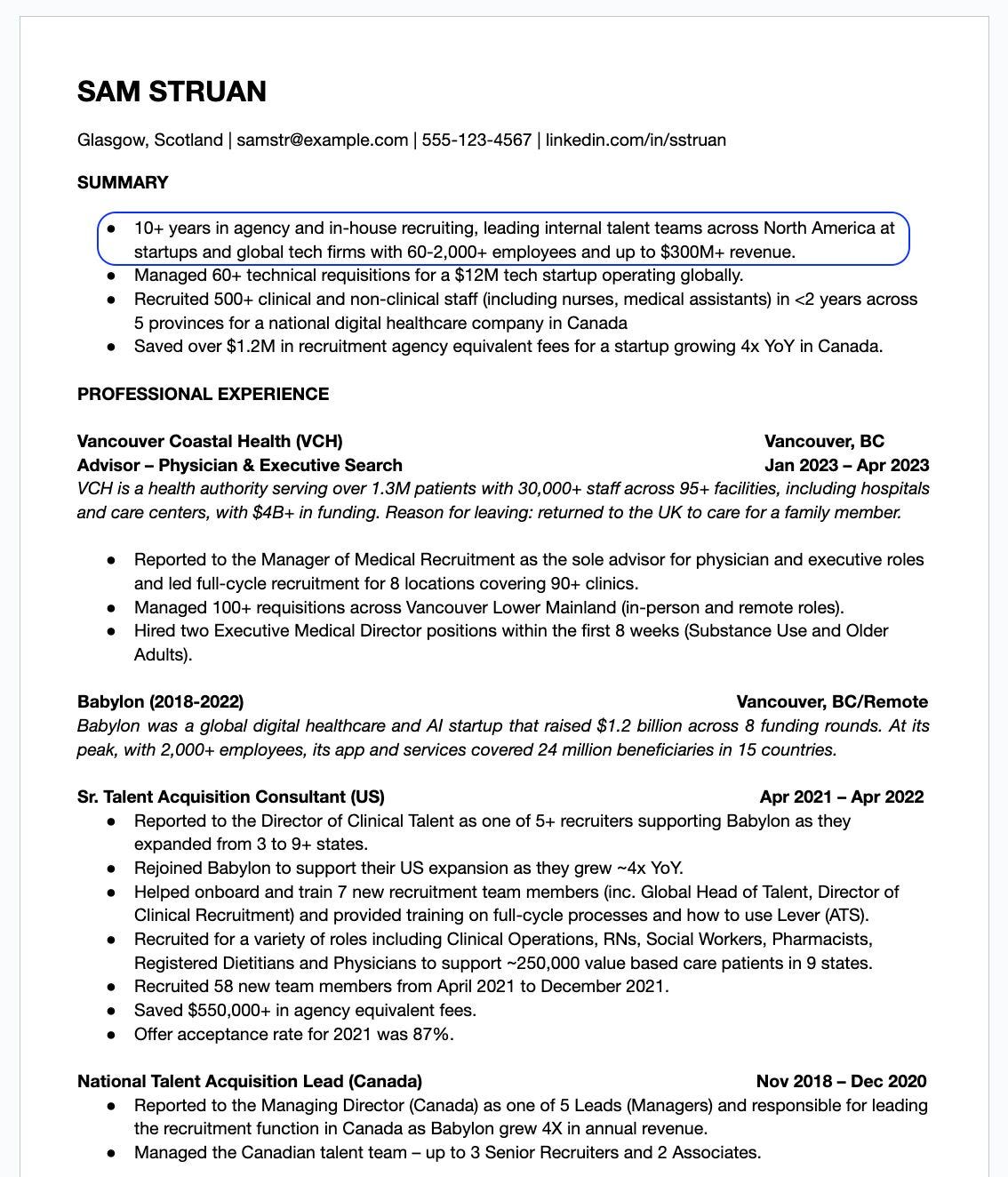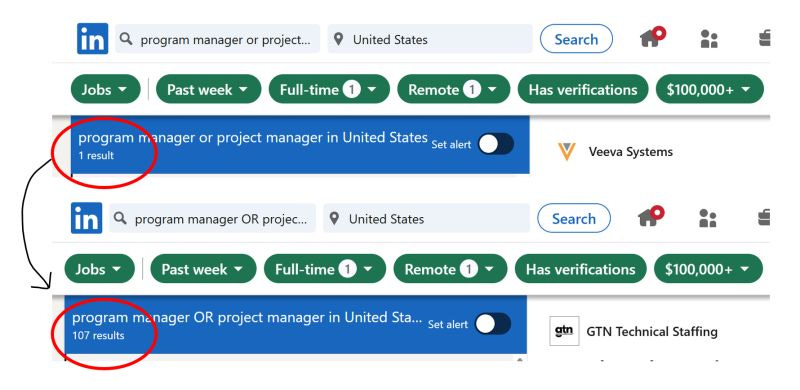Referrals aren’t working anymore (unless you fix this)
They used to guarantee interviews—now they’re failing more than ever. Here’s what to do.
This week, it’s all about breaking limiting beliefs and using more innovative strategies to stand out.
Whether you're shifting careers, stuck in job search mode, or figuring out how to land that first interview, this week’s insights are about gaining clarity, focusing your energy, and taking more effective action.
You’ll learn:
Why AI isn’t taking your job—but it might reshape how you think about it (from a Google exec)
Why referrals are failing—and how to fix it with better tracking and outreach
The 7-step playbook to get more interviews in this market
A simple LinkedIn search tweak to unlock more high-paying roles
The best book on job searching (used by 30,000+ PMs and engineers)
Let’s dive in 👇
Neil Hoyne: Don’t limit yourself—AI is your leverage
After 14 years at Google, Neil Hoyne has a few insights—and his latest reflection is worth reading slowly.
Three standout messages:
AI isn’t replacing your creativity—it's removing the grunt work.
Many job seekers fear AI will make them obsolete. But Neil argues the opposite: it frees up time for “original thought, wild hypotheses, and impossible ideas.” Don’t downsize your thinking—expand it.This is a golden age for career changers.
The rise of automation means fewer barriers to trying new skills or disciplines. AI tools handle the tedious stuff, allowing people to experiment more freely and cross career boundaries.Referrals still matter, and human connections are back.
With everyone optimising resumes and interview prep using AI, referrals are a key differentiator in the market. It gets you closer to the manager. Neil says, “Every referral asks: ‘How do you know this person?’“ “Make it easy for people to answer. More about referrals in the next post.
A timely reminder: tech isn’t the threat, it’s an enabler.
Aakash Gupta: Why your referrals aren’t working—and how to fix them
📄 Read the full newsletter post
Referrals are still the best strategy for getting interviews, but many job seekers are frustrated that they’re not seeing results. Aakash explains why.
Here’s what’s going wrong:
You’re getting weak referrals from people who don’t know your work
Your resume doesn't meet baseline criteria (and gets filtered fast)
You don’t follow up, leaving the referrer unsure and disconnected
Fixes that work:
Build strong referrals with people who can vouch for you, and personalise the ask
Use Aakash’s Referral Tracker to follow up intentionally
Understand the difference between signal and noise—it’s not just about the number of referrals but the quality and timing.
His survey of 100+ PMS showed that nearly 50% got their last job via referral. It still works—but only if you do it right.
💡 Tips to boost referral quality:
Always personalise your ask: Include why you’re interested in the company and how you’re a fit, and offer to share your resume and a blurb.
Target mid-level referrers: They’re more likely to respond than execs, and often have influence.
Stack your approach: Ask > follow up after 3–5 days > re-engage once the job posts > update them with outcomes.
Track where you’re getting ignored: This helps you refine messaging or find a better contact.
Sam Straun: 7 moves to start landing interviews in 2025
Sam's post is a must-read if you’ve applied to dozens of jobs and haven’t heard back. He outlines a simple but powerful seven-step strategy to reframe your job search.
Key tactics:
Craft a clear, specific value proposition (ditch the vague “open to work” messaging)
Optimise your LinkedIn: strong headline, focused “About” section, clear CTA
Give first—write recommendations for others to reactivate your network
Target roles where your background aligns (don’t waste energy on longshots)
Build relationships with people already in your desired roles
Start sharing valuable content to build visibility and trust
Use a simple résumé—don’t overdesign, make it easy to skim
It’s not just about applying more—it’s about applying smarter, with clarity and intent.
Scott Hinson: This one LinkedIn search tip added 106 jobs
Sometimes a minor tweak makes a big difference. Scott explains how capitalising “OR” in your LinkedIn job search can multiply your results.
Example:
Search for "project manager OR program manager"
Vs."project manager or program manager"
Result? The capitalised version surfaced 106 more $ 100k+ jobs in his test.
Bonus tip:
Use filters like:
Jobs posted in the past week
Full-time
Remote
Verified
Salary > $100K
Simple, powerful, and overlooked.
Never Search Alone – the best book on job hunting?
In this post, Aakash breaks down key takeaways from Phyl Terry’s Never Search Alone, a book used by over 30,000 product and software professionals.
I bought this book a year ago, and I have to say I do like the concept. Matthew and I saw several people who were part of a Never Search Alone tribe join the community.
Here are the big ideas from the book:
Candidate-market fit: Treat yourself like a product. Where does your skillset meet real market demand?
Narrow your target: You’re more memorable when specific (“Director of Product at a Series B health tech company”)
Group support beats solo hustle: Job search groups offer structure, accountability, and emotional momentum.
Listening tours matter: Ask ex-colleagues how they perceive your strengths. Their view may differ, and help you reposition
Create a “Job Mission with OKRs”: Show hiring teams how you’ll think, act, and succeed in the role—before they ask.
This is more than a book review—it’s a job search playbook.
Thank you for being part of the Open to Work Community.
Please share with others and spread the message.
If you have any questions, feedback, or topics you'd like covered, reply. I’d love to hear from you.
Stay motivated and keep upskilling yourself to land the next job.
Warm regards,
Darren Bush
opentowork.community | LinkedIn | Twitter






